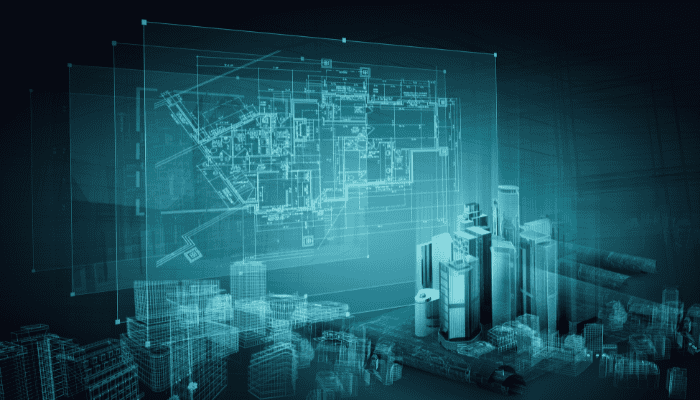Connected BIM for Building Design: Improved Project Insight with the Cloud

In a 2013 lecture at the Canadian Center for Architecture, Stan Allen drew an important distinction between the “computational” and the “digital.”
At Princeton, we’ve been trained very well to refer not to the digital but to computation when we’re talking about the computer in architectural terms… The digital is a kind of state of being. It’s a condition. When you talk about computation, you’re talking about active processes.¹
He observed that, while the building industry has been moving toward the digital for many years as information was generated with computers, we are only now fully engaged in the computational: using the computer to not just create data but to manage, manipulate and create ideas themselves. While both digital and computational tools once seemed novel, no capable firm would now consider abandoning them as the AEC industry moves fully into the Information Age.
In this report, we look at how trends in technology have evolved in the sector to deliver a better built environment. From the earliest days of Computer-Aided Design (CAD) through to Building Information Modeling (BIM), cloud computing and generative design, we take you on a journey through the ages – the Eras of Documentation, Optimization and Connection – and present our vision for the future of the building design industry.
THE ERA OF DOCUMENTATION
Since the emergence of computers in academia in the 1950s, CAD software has had a significant impact on the architecture industry. This grew exponentially in the 1980s, following the introduction of personal computing. In the earliest days of CAD, tools like AutoCAD spurred the “Era of Documentation.”
Although early researchers predicted an exciting future interaction between machines and human designers, the first computer tools to be widely adopted by architectural designers were computerized versions of traditional drafting and rendering tools. Software, data, and plotters replaced plastic and lead sheets of mylar and drawing boards, for example. While they allowed designers to produce technical drawings much faster than with traditional methods, they did not fundamentally change the process of design.
Because of this, the industry started to realize that CAD drawings were not necessarily the best way to share, correct, or store manufacturing files. Instead, engineers and architects looked for ways to combine the models they were creating with technical drawings based on 3D forms; thus marking the transition from CAD to 3D modeling.
Fast forward two decades, and we’ve seen widespread adoption of new technology, BIM, where computation is applied to represent built artifacts as three-dimensional, behaviorally simulative predecessors of their physical counterparts. It provides a critical foundation to help designers, builders, and owners gain a competitive advantage with the ability to access, share, and make use of enormous amounts of information throughout the lifecycle of buildings and infrastructure.
BIM is blurring the lines between digital processing and physical systems, causing the design and build phases of projects to move closer together. That said, the transition from CAD to BIM has been difficult, aided only in part by accelerating the capabilities of machines themselves in storage capabilities, processor power, and graphics resolution. The bigger challenge: BIM represents an inversion of a several-thousand-year-old tradition of building workflows – representation and communication through 2D drawings giving way to databases where the drawings are a result, rather than the purpose itself, of the tools. Those databases, rich in accessible information, make it possible to both represent and analyze a design as it develops, enabling architects and engineers to evaluate and optimize project components like area, structure, or the movement of air. Insights available from a robust digital model are supported by analytical tools that evaluated the design in the process.
